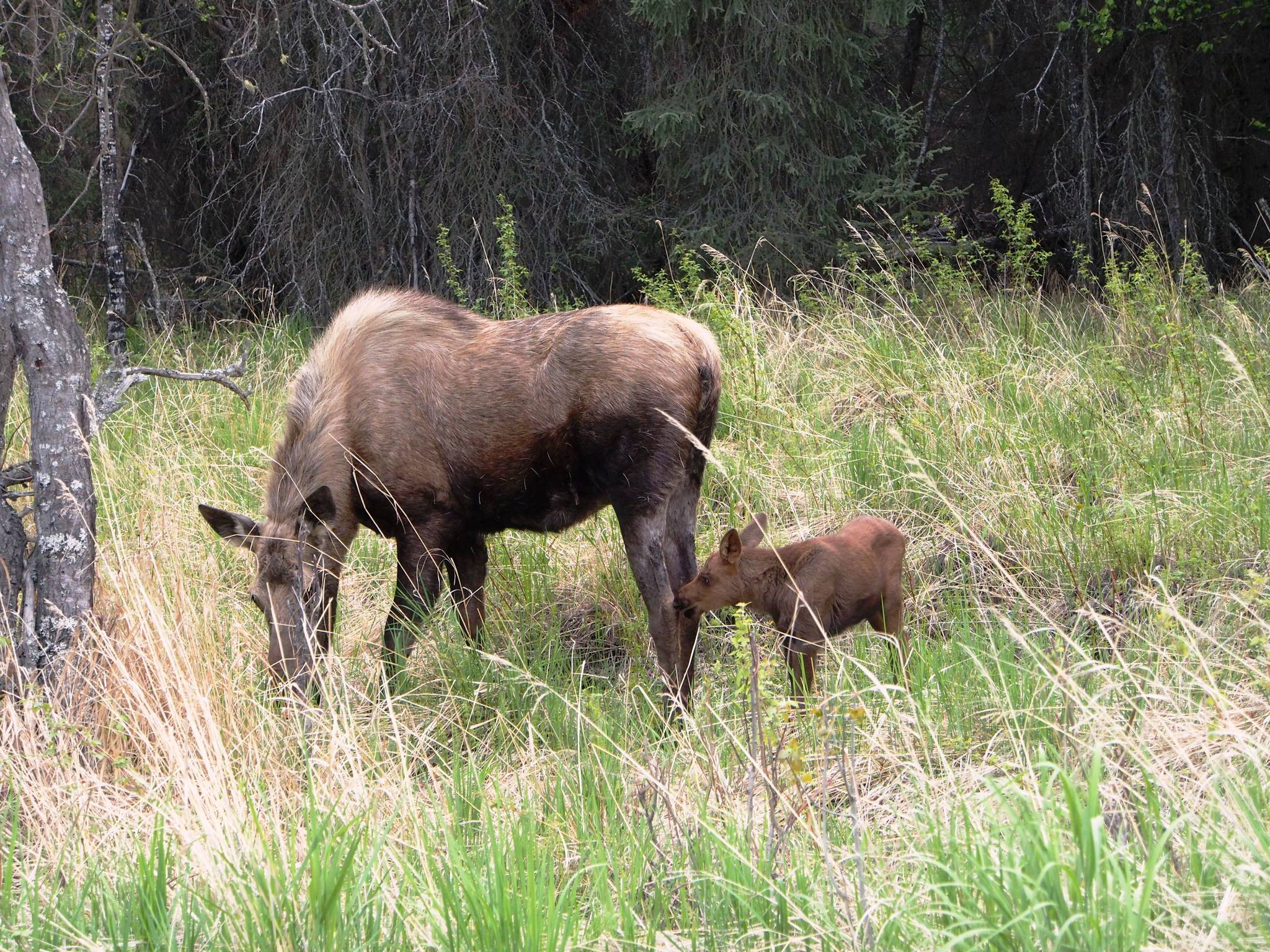This Sunday is Mother’s Day, a national holiday that President Woodrow Wilson designated in 1914 as World War I was unfolding. But, like most things in life, there’s a back story to that simple proclamation. Anna Jarvis held a memorial in 1908 in Grafton, West Virginia, to honor her mother’s time caring for wounded soldiers on both sides of the American Civil War. It took six years of Anna’s persistence in both petitioning Congress and eliciting public support before this special day to honor all mothers came to be.
There are also many stories of great maternal heroics among wildlife. Kangaroo mothers carrying their joey (baby) in their marsupial pouch prompted the coining of “Kangaroo Mother Care,” a method in which preterm human babies are held and carried skin-to-skin by their mothers. Google “cuddly bear daycare” and see how many daycares bear (pun intended) that name to honor the maternal care shown by bear sows to their cubs.
Here’s a true story. Two or three years ago, I was biking up Devil’s Pass Trail from the Seward Highway in late May or early June with a friend. Over our own grunting and wheezing for oxygen, it slowly dawned on me that I was hearing very strange raven-like noises. Once we stopped, I realized the “ravens” were bears bawlin’ at the top of their lungs. Across the narrow and steep valley, two small cubs were jumping up and down on their hind legs, “cheering” with their front paws waving around with arms held high. It took more than a few seconds to figure out they were trying to see over last season’s brown grass, but mom had apparently told them to stay put.
Then we noticed the reason for their excitement — a very agitated female caribou circling just out of reach of mamma bear, a strange tactic to take or so it seemed initially. It all made sense when the sow gave up the chase, returned to an alder clump, and came out with a very small and now dead caribou calf in her jaws.
About then, mamma bear became aware of us a quarter of a mile away line-of-sight but, fortunately, a much greater distance across the valley floor. She chose to angle up the ridge with her two cubs in tow and their dinner, while the caribou slowly pranced away in the opposite direction. Two spectacular mothers doing what mothers have always done—feeding and defending their young. Only in this case, the sow won and the cow lost.
Mother Nature isn’t always kind, but she does offer other great examples of wildlife moms that can be seen here on the Kenai Peninsula. Moose cows are notoriously protective moms who will fall on their sword for their offspring. It’s about this time of year that pregnant cows begin to calve, which is also a time when they can get very aggressive. And they need to be as this is when brown and black bears make their way to moose calving grounds.
If you have a neighborhood cow that you’ve peacefully passed all winter long, don’t assume that will be the case over the next 2 or 3 weeks. If the ears go back, you should probably just start running. On the other hand, this is also when you’ll see pregnant cows driving away last year’s offspring. While it doesn’t look very maternal, it’s a necessary behavior for mom to make room for the calf on the way.
Beluga whale moms, like other mammals, nurse their calves (for up to two years!) from nipples concealed in abdominal mammary slits. Calves can be born anytime between now and the end of summer, and mothers with calves will often form pods separate from males. Belugas often feed at the mouth of the Kenai River this time of the year, chasing hooligan or early-run chinook salmon. Consider taking the time to watch for them from the bluffs in Old Town Kenai.
Female Trumpeter swans, called “pens,” are also incredible moms. Cygnets require so much time (11 to 15 weeks) to become flight-capable that they occasionally get trapped by ice before they can fly south for the fall. Consequently, Trumpeter swan pairs typically arrive on their breeding grounds when snow is still on the ground to ensure that nest building starts as soon as ice goes out. Pens and their mates (“cobs”) migrate south in the fall with their brood to their wintering grounds. There, they hang together as a family group, sometimes until they arrive back on their breeding grounds the following spring.
So, as you celebrate your own mother this Sunday, take the time to reflect that motherhood and good parenting aren’t just human traits.
Dr. John Morton is the supervisory biologist at Kenai National Wildlife Refuge. Find more information about the Refuge athttp://www.fws.gov/refuge/kenai/ or http://www.facebook.com/kenainationalwildliferefuge.

